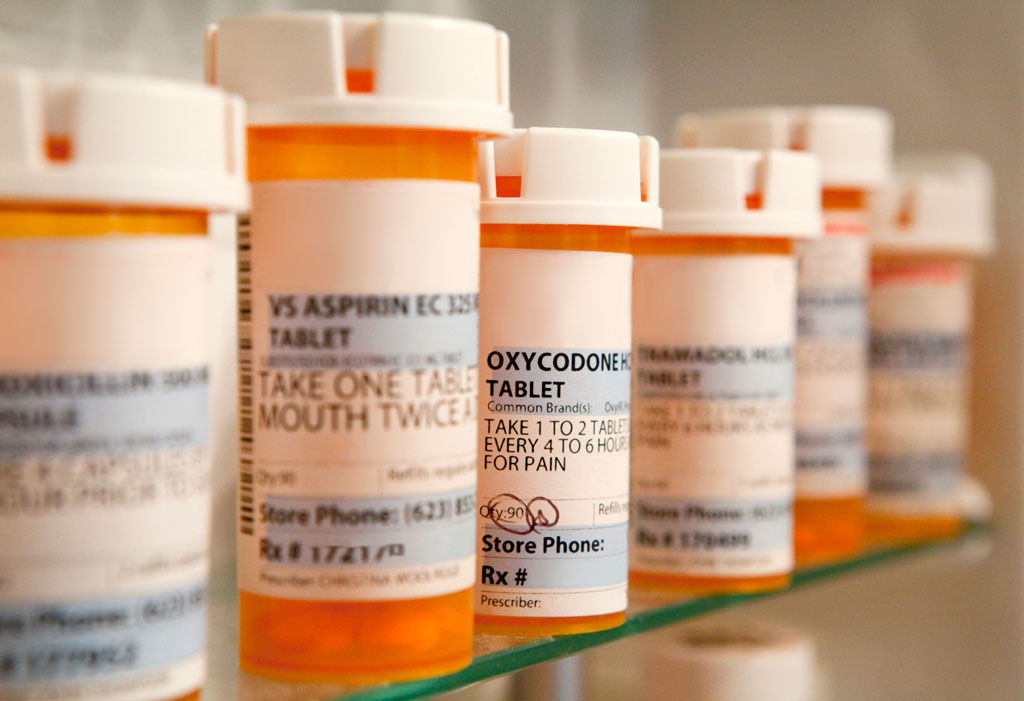Medicare Part D: A Primer

A Primer for Medicare Part D
What is Medicare Part D and what does it cover?

Each Part D plan has a list of covered drugs, known as a formulary, which is divided into tiers based on cost. Lower-tier drugs have lower co-payments, while higher-tier drugs have higher co-payments. Part D plans are required to cover at least two drugs in each therapeutic category, and they must cover all or substantially all drugs in certain classes, such as blood pressure or cancer drugs.
In order to participate in Medicare Part D, enrollees must pay a monthly premium that varies depending on location, income level and other factors. It also may depend on whether the enrollee is covered under an Original Medicare (Parts A & B) or Medicare Advantage plan (Part C).
How do seniors enroll in Medicare Part D?
Medicare Part D plans are offered by private insurance companies that have been approved by Medicare. These companies offer a variety of plans with different premiums, deductibles, copayments, and coverage options. Beneficiaries can choose a stand-alone Prescription Drug Plan (PDP) to supplement their Original Medicare coverage (Part A and B) or enroll in a Medicare Advantage Plan (Part C) that includes prescription drug coverage.
To enroll in Medicare Part D, a person must already be enrolled in either Medicare Part A or Medicare Part B. Enrollment in Part D is not automatic, and beneficiaries need to sign up during the Initial Enrollment Period (IEP), which is typically a seven-month window starting three months before the month of their 65th birthday, and the three months after.
If they miss out on the IEP, a senior citizen can enroll during the Annual Enrollment Period (AEP), which runs from October 15 to December 7 each year, although there may be a late enrollment penalty if the beneficiary does not have creditable drug coverage from another source. This penalty is calculated as 1% of the national base beneficiary premium for each month they were eligible but not enrolled and is added to their monthly premium for as long as they have Part D coverage.
Again, during the eligible enrollment period, a beneficiary that wishes to enroll in Medicare Part D must choose either a supplemental plan that is in addition to Original Medicare (also known as a Medigap plan), or a Medicare Advantage plan. If you are unsure of which is the right option for you or would like to see a comparison of plans in your area, it’s best to speak with a professional at Insurance Professionals of Arizona.
What is the cost of enrolling in Medicare Part D?
Medicare beneficiaries are responsible for paying a monthly premium, an annual deductible, and copayments or coinsurance for their prescription drugs. Once you reach your annual deductible, beneficiaries typically pay co-pays and/or co-insurance for each medication. Also, the copayment will largely be determined by the medication tier the prescription medicine is in. Overall, the cost of Part D plans varies depending on the provider and the specific plan chosen, but generally these out-of-pocket costs are far lower than they would be for someone without coverage.
Low-income beneficiaries may qualify for the Extra Help program, which provides financial assistance for Medicare Part D costs, including premiums, deductibles, and copayments. This program is administered by the Social Security Administration and is available to individuals with limited income and resources.
If you have full coverage from Medicaid, you typically pay nothing, or very low co-pays, for covered prescription drugs.
Also, due to recent federal legislation, the cost of a one-month supply of each Part D-covered insulin is capped at $35, and seniors don’t have to pay a deductible.
What is the “Donut hole”?
Under Medicare Part D there is a coverage gap, commonly referred to as the “donut hole,” where beneficiaries pay a higher percentage of their drug costs until they reach a certain out-of-pocket spending limit. After reaching this limit, they enter what is called the ‘catastrophic coverage phase’, in which they would then pay significantly lower costs for their prescription medications.
In other words, under Medicare there may be a temporary limit on what the Part D plan will cover for drugs. This ‘donut hole’ would begin once both the beneficiary’s out of pocket spending and the insurer have spent $4,660 for prescription drugs in 2023. This amount could change in 2024.
It is important to note that not everyone will enter the coverage gap. Also, people with Medicare who get extra help paying Part D costs will never enter the ‘donut hole’ coverage gap.
Most Medicare beneficiaries need prescription drug coverage
For most Arizona residents approaching 65, or looking to enroll in Medicare, prescription drug coverage is not a luxury – it’s a necessity.
But if you or someone close to you is worried about being able to have access to critically important medications, don’t be. Even if someone is on fixed income and in need of multiple prescription drugs, the important thing to remember is there is always a plan that will fit their needs.
Our Medicare experts at IPA can walk you through every Part D plan available to you – in addition to a Medigap plan or Medicare Advantage plan. We can also help you enroll in the Medicare Extra Help program and review your qualifications if you are low income..
It is never acceptable for someone to have to forgo important prescription medications due to insufficient insurance coverage or cost, and we at IPA always make sure none of our clients do.
We’re here to help! Call us today.


